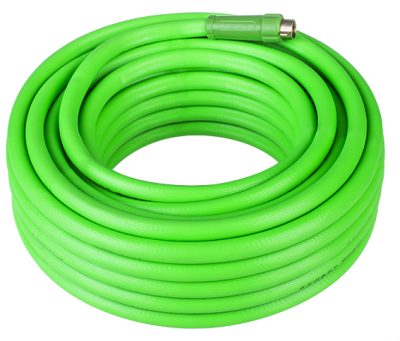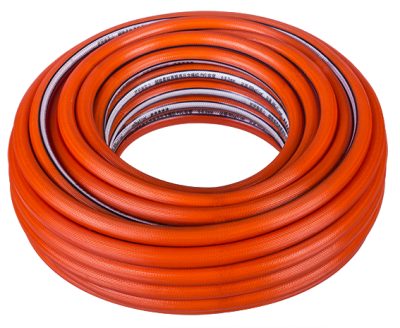Under the guidance of industrial policies, galvanized steel pipes have been expelled from the water supply pipeline market, and various forms of new pipes have been vigorously developed, especially plastic pipes (including aluminum-plastic composite pipes, steel-plastic composite pipes, PPR pipes, etc.) The advantages of low price and convenient installation have been widely used in our country. However, plastic pipes also have their insurmountable defects in terms of temperature difference resistance, sanitation and environmental protection and service life. Various modifiers, additives, additives, etc. of plastic pipes are collectively referred to as environmental factors of human body changes, and in-depth research and discussion are needed on factors such as human organs. Plastic water supply pipes are easily affected by sunlight and ultraviolet rays, which accelerate aging. Some soft plastic pipes are not suitable for indoor open laying, thermal expansion, cold shrinkage and bending deformation. Concealed laying in the pipe hole, ceiling embedded in the wall, or buried in the leveling layer, aluminum alloy lined plastic pipe, because the cement corrosion should not be buried or embedded in the wall. Therefore, the hygienic properties of copper pipes are also good without modifier plastics and chemical components. Among them, thin-walled stainless steel pipes have the advantages of safety, reliability, sanitation and environmental protection, and economical application, and have gradually become a new choice for water supply pipes.
Stainless steel material is considered to be a healthy material that can be implanted into the human body. Water pipes made of stainless steel have been successfully used for many years and have become the world trend and development direction. Stainless steel water pipes are called the real green pipes of the 21st century.






